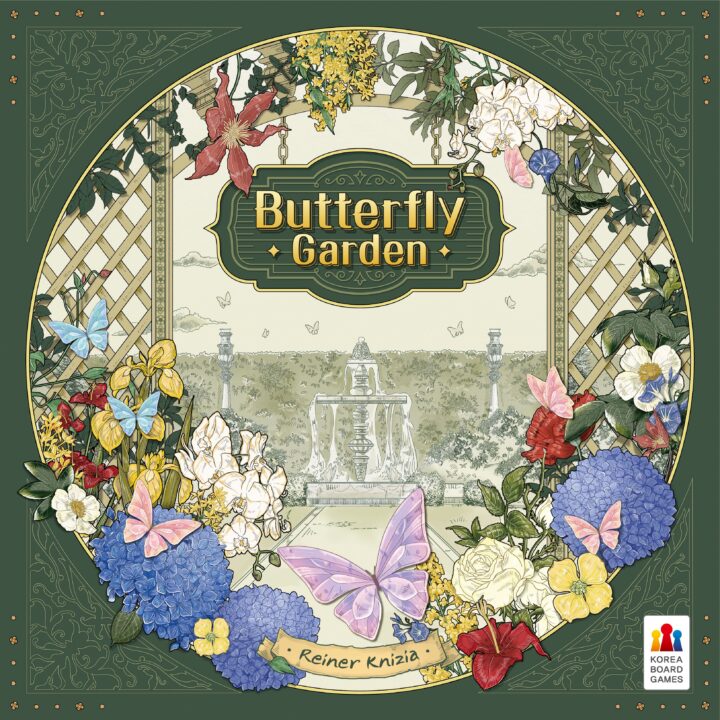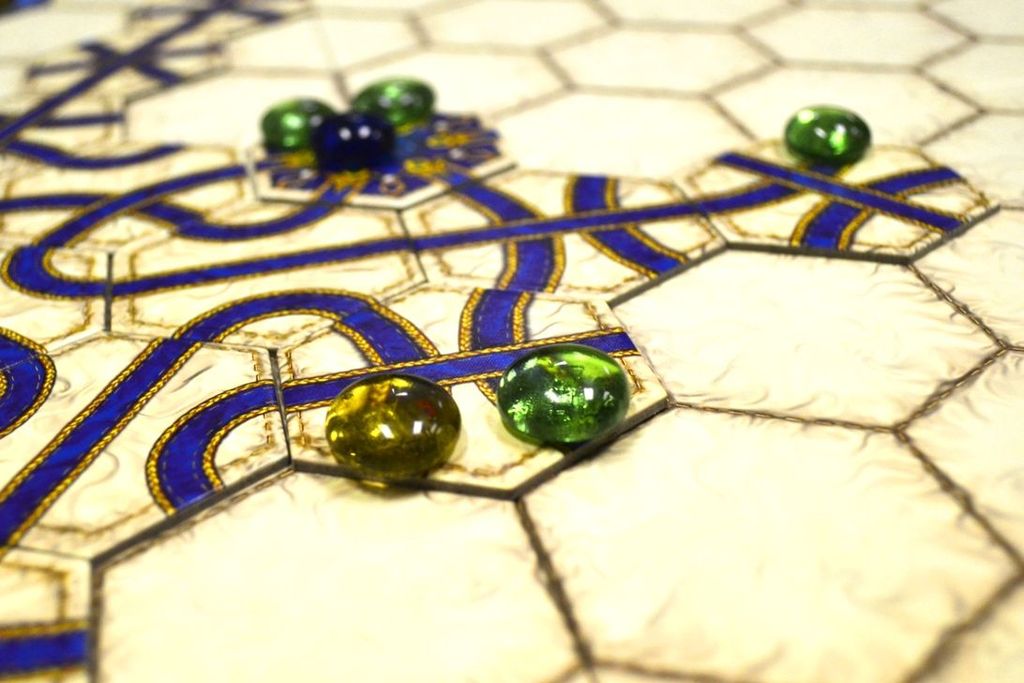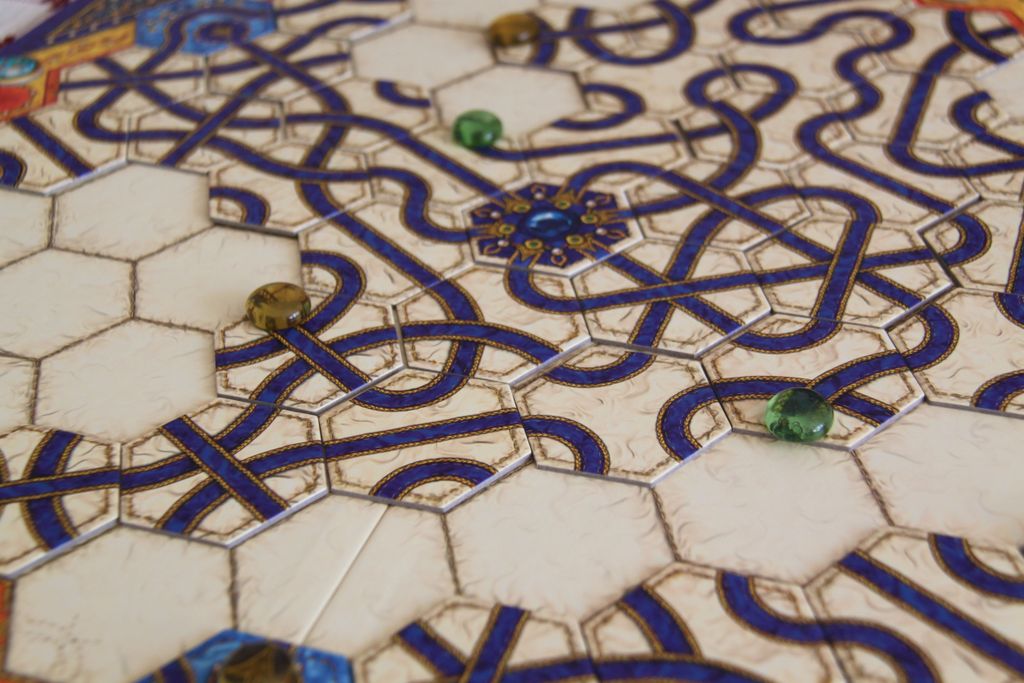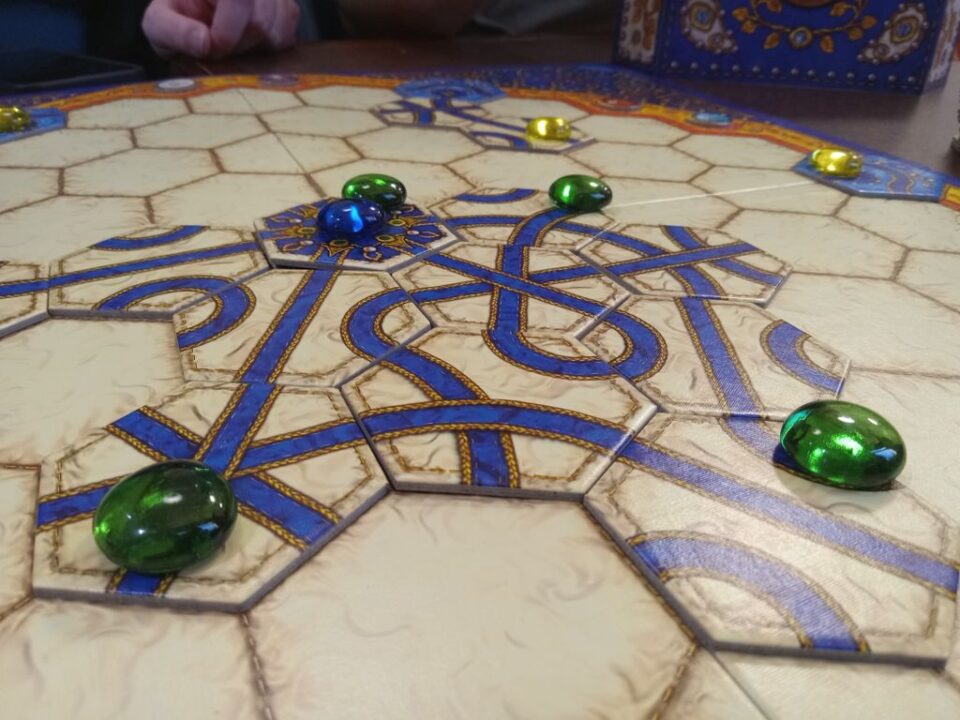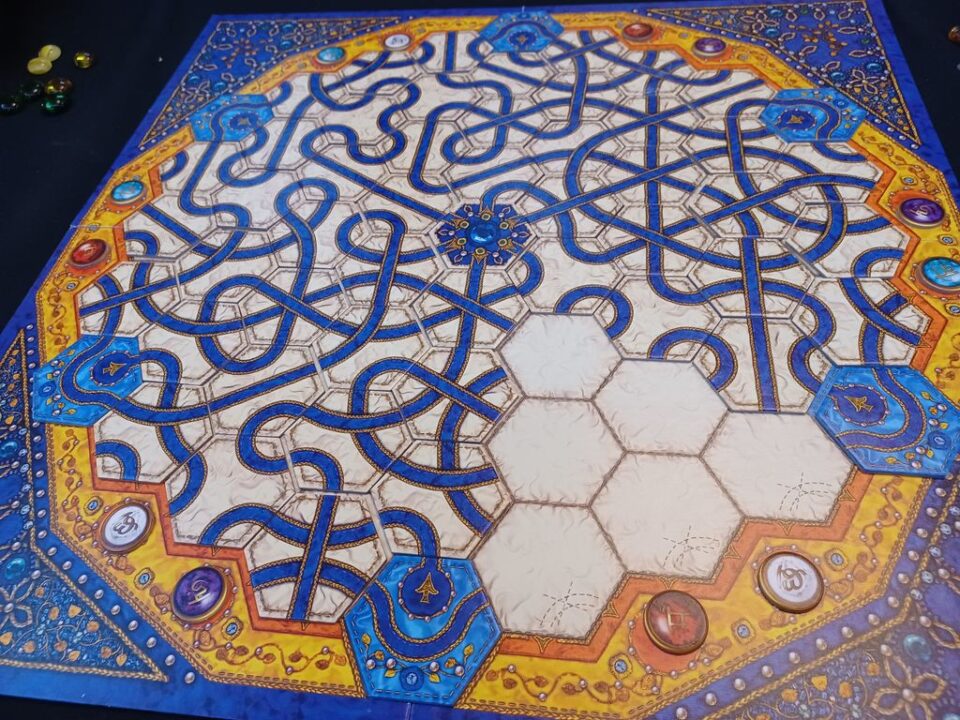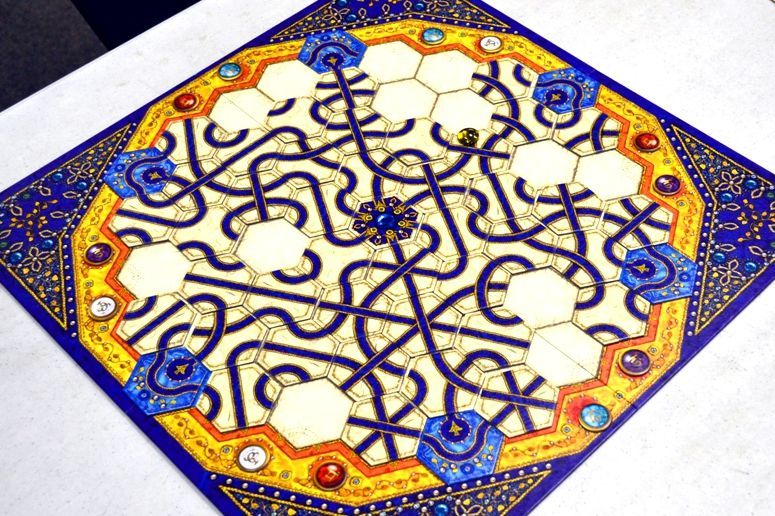Overview
Welcome to my review of Indigo, also known as Butterfly Garden, a game that’s as captivating as it is colorful. This isn’t just another board game on the shelf; it’s a journey into strategy, beauty, and the delicate balance of luck. As you dive into this review, remember, we’re not just looking at what makes Indigo shine; we’re uncovering what sets it apart in a sea of board games. So, grab your butterfly nets, folks, we’re in for a whimsical ride.
How It Plays
Indigo is a gem of a game, both in its play and visually. Gather your friends around; it’s time to see who’s the best at guiding those shiny gems to their destinations. Let me walk you through how this all works.
Setting up
First off, setting up Indigo is a breeze. Lay out the board in the middle of the table. It’s a grid filled with paths and spaces for tiles. Each player picks a color and takes the corresponding gates placed at the edge of the board. These gates are your goal; you want to guide gems to these exits. Then, shuffle the hexagonal tiles and stack them face down. Place the gems in the center, and you’re ready to roll.
Gameplay
Gameplay in Indigo is all about laying tiles and moving gems. On your turn, draw a tile and place it on the board. The objective is to create paths that will guide the gems towards your gates. When a gem moves across the board and exits through a gate, the player owning that gate scores it. But be careful, some paths lead to shared gates, meaning you might have to negotiate or cooperate with others to score. It’s a delicate dance of cunning and strategy.
Winning the game
Winning in Indigo is pretty straightforward; collect the most valuable gems. Each gem has a point value, and the player with the highest score at the end of the game wins. It’s a game where every decision counts, and the path to victory is never the same twice.
Want to know more? Read our extensive strategy guide for Butterfly Garden.
Exploring the Unique Butterfly Catching Mechanics in Board Games
When it comes to captivating mechanics, not many games flutter by with the elegance of ‘Indigo’. This board game adds a twist with its butterfly catching feature, making it a stand-out. Unlike other board games where the mechanics can sometimes feel repetitive, ‘Indigo’ keeps you on your toes. Players must navigate through a vibrant board, strategizing their moves to capture these whimsical creatures. It’s this blend of strategy and luck that keeps each playthrough fresh and exciting. What sets it apart is how it balances these elements, ensuring that no two games feel the same. This mechanic not only adds depth to the gameplay but also injects a dose of nature’s beauty, making it a hit at game nights.
Fluttering from gameplay mechanics to aesthetics, let’s take a moment to admire the artwork and component quality in the next section.
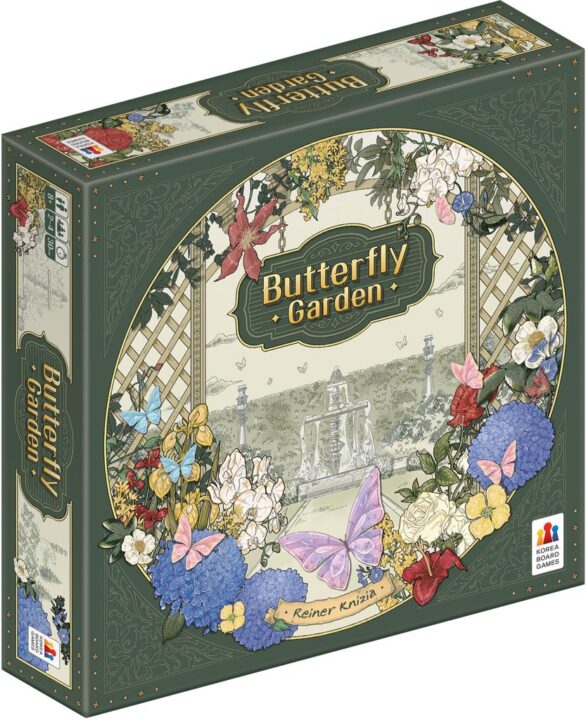
Stunning Visuals and High-Quality Components of Indigo
When you first lay eyes on Indigo, it’s the vibrant artwork and the top-notch component quality that capture your heart. The game board itself is a visual treat, painted in deep, rich hues that bring the theme of navigating through mystical paths to life. The gem pieces, which players maneuver around the board, are tactile and colorful, adding a delightful physical element to the gameplay. Each tile’s design is not only beautiful but also serves a functional purpose, making the game easy to navigate and enjoyable to play. The creators of Indigo didn’t cut corners when it came to material quality, ensuring that this game can withstand countless game nights.
But it’s not just the aesthetics that will keep you coming back for more; next up, we’ll explore how Indigo strikes the perfect balance between strategy and luck.

Mastering the Balance Between Strategy and Luck in Indigo
Indigo shines in its seamless blend of strategy and luck, striking a perfect balance that keeps players on their toes. You may think you’ve got a sure-win strategy, but the game’s design cleverly integrates elements of chance that can turn the tables at any moment. This combination ensures that each playthrough feels fresh and exciting, with no two games ever feeling the same. Yet, it’s not all up to fate; smart planning and strategic thinking are crucial to navigating Indigo’s maze and coming out on top. This balance makes the game accessible yet challenging, appealing to both casual gamers and strategy enthusiasts alike. It’s a true testament to the game’s design that it can cater to such a wide audience without compromising on depth or engagement.
Wondering how this balance affects the game’s replayability and player interaction? Stay tuned for an exploration of these aspects next.
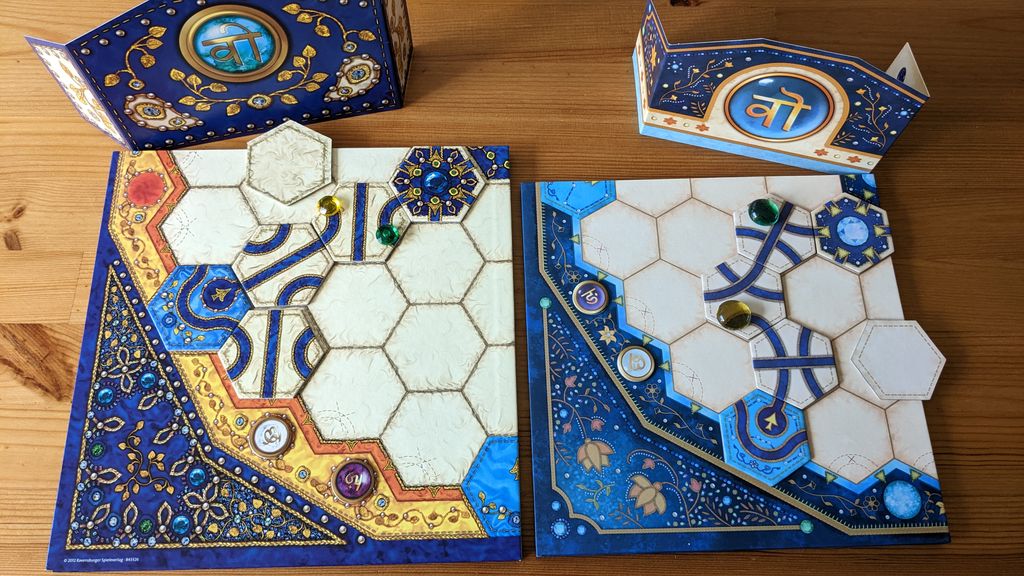
Why Indigo Will Keep You Coming Back
Let’s talk about why you’ll want to play Indigo over and over. This gem of a game really shines when it comes to replayability and how it gets everyone around the table interacting. First off, the game’s setup is a bit like a box of chocolates – you never know what you’re going to get. With the board changing every game, Indigo keeps us on our toes. Strategy from one game might not work the next time, which makes for a thrilling challenge.
But here’s where it gets really good – the player interaction. Indigo isn’t just about outsmarting the game; it’s about outsmarting your friends. Whether it’s a sneaky move to block their path or a clever play to share the wealth, this game gets everyone talking, laughing, and sometimes plotting their sweet revenge. That’s the magic of Indigo – it’s not just a game but a conversation starter.
So, do I recommend Indigo? Absolutely, for anyone looking for a game that’s different every time and keeps everyone engaged.
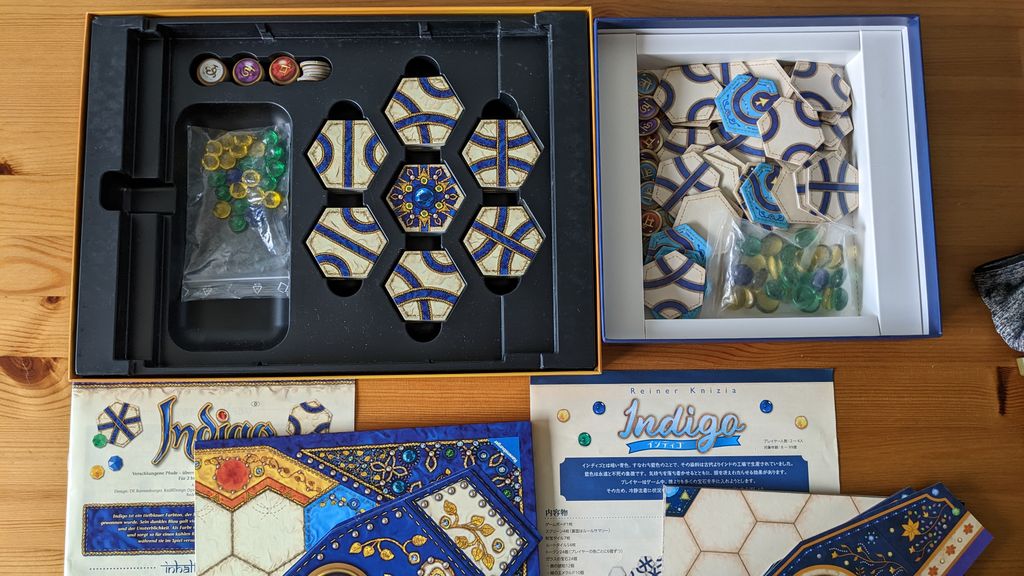
Conclusion
Wrapping up, Indigo truly shines as a board game that beautifully marries strategy with luck. It’s not just a game; it’s an adventure where each playthrough unfurls unique challenges and opportunities. The artwork and components set a high bar, immersing players in a visually stunning gem-gathering quest. While the balance between strategy and luck means you’re never quite sure if your best-laid plans will pan out, it’s this uncertainty that keeps the game exciting and replayable. The butterfly catching mechanics add a whimsical touch that is both innovative and engaging, ensuring that player interaction is always at the heart of the game.
However, it’s worth mentioning that if you lean towards games where strategy heavily outweighs luck, Indigo might leave you wanting at times. Nonetheless, its easy-to-learn nature and the dynamic between cooperation and competition make it a great choice for families and friends seeking a game that’s quick to set up but challenging to master. In a sea of board games, Indigo stands out as a gem worth adding to your collection. After numerous games with my friends, I can confidently say that it’s earned a spot on my shelf, despite my usual reservations about luck-based mechanics. It’s a game that invites you back, time and again, to try and outmaneuver your opponents and claim victory.

